An array of funky local botanicals make up a veritable United Nations of new versions of this classic spirit. Care for a world tour?
By Lauren Mowery
FYNBOS. DEVIL’S CLUB. Rowanberry. Tasmanian pepperberry. Arctic thyme. No, these aren’t ingredients in the latest hipster toothpaste. they’re some of the wild seeds, berries, roots, fruits and herbs that define today’s terroirbased gins.
A term more commonly used in reference to wine, terroir refers to the distinct character and taste imparted to an organic product by its growing environment. Cacao and coffee farmers have lately come to recognize this connection, and now gin producers have jumped onboard.
From the Cape Floral Kingdom of South Africa to the Scottish Highlands, distillers, much like chefs, have taken up foraging. Combing nearby forests, rivers and glades for unusual additions, they pluck botanicals while fresh to contribute the inimitable quality found in these five gins.
LAUREN MOWERY, Incisal Edge’s spirits columnist, has covered the world through the lens of drink for publications including Wine Enthusiast, Forbes and Saveur.
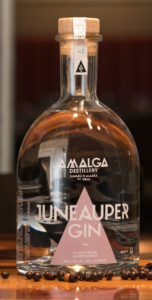
$36
Gin from Alaska? Sounds novel—until you realize the state’s vast wilderness is a logical place to source unusual botanicals like spruce tips, devil’s club and Labrador tea. These plants, long used by native Alaskans, play a key role in the gin of husbandandwife team Brandon and Maura Amalga. They start with Alaskan grain, then add seasonal botanicals that they harvest by hand from nearby woods. Little wonder the first whiff of Juneauper triggers a scent memory of conifer forests.
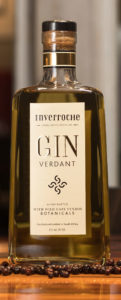
$40
Located at the confluence of the Goukou River and the Indian Ocean, this distillery is surrounded by fynbos, a unique vegetation that belongs to an indigenous botanical region known as the Cape Floral Kingdom. The diverse flora provides a host of aromatic combinations. harvested by hand, Verdant’s fynbos comes from more mountainous areas and delivers a heady blend of earthy notes.
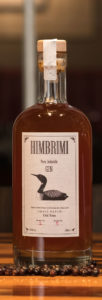
$50
The clearest indication of the Icelandic origins of this gin—which launches this spring in the United States—might be in its marketing: It’s billed as a spirit for “flyfishing in a flowing river.” To that effect, botanicals reminiscent of herbs gracing riverbanks find their way in: Arctic thyme has a lavender aroma, while angelica seeds and local honey contribute floral and sweet notes. Himbrimi is Icelandic for “heaven howler”—you know it as a loon, a bird commonly seen (as well as heard) by sport fishermen.
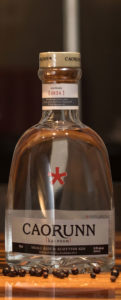
$35
Best known for whisky, Scots have taken up with gin as with a new mistress—notably Caorunn, a smallbatch producer from Speyside in the highlands. Celtic for rowanberry, Caorunn is one of five botanicals sourced from a boreal forest near Balmenach distillery. (The others are heather, coul blush apple, dandelion and bog myrtle.) Unusually, Caorunn is produced using a copperberry chamber, invented in the 1920s for perfume. In the mouth, it’s crisp, dry and elegant.
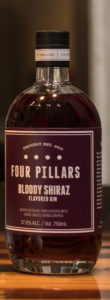
$45
Launched in 2013 in Southeast Australia’s Yarra Valley, Four Pillars distills its “Bloody Shiraz” gin in batches, steeping it several weeks with local shiraz grapes to give it an arresting purple color. on the palate, the grapes lend a tinge of spice and raspberry. Additional local botanicals of Tasmanian pepperberry and lemon myrtle bring further complexity to classic juniper, pine and citrus notes.
Shot on location at Bar Pazzo, 131 North Washington Avenue, Scranton, Pennsylvania. 570-871-4179; barpazzo.com




